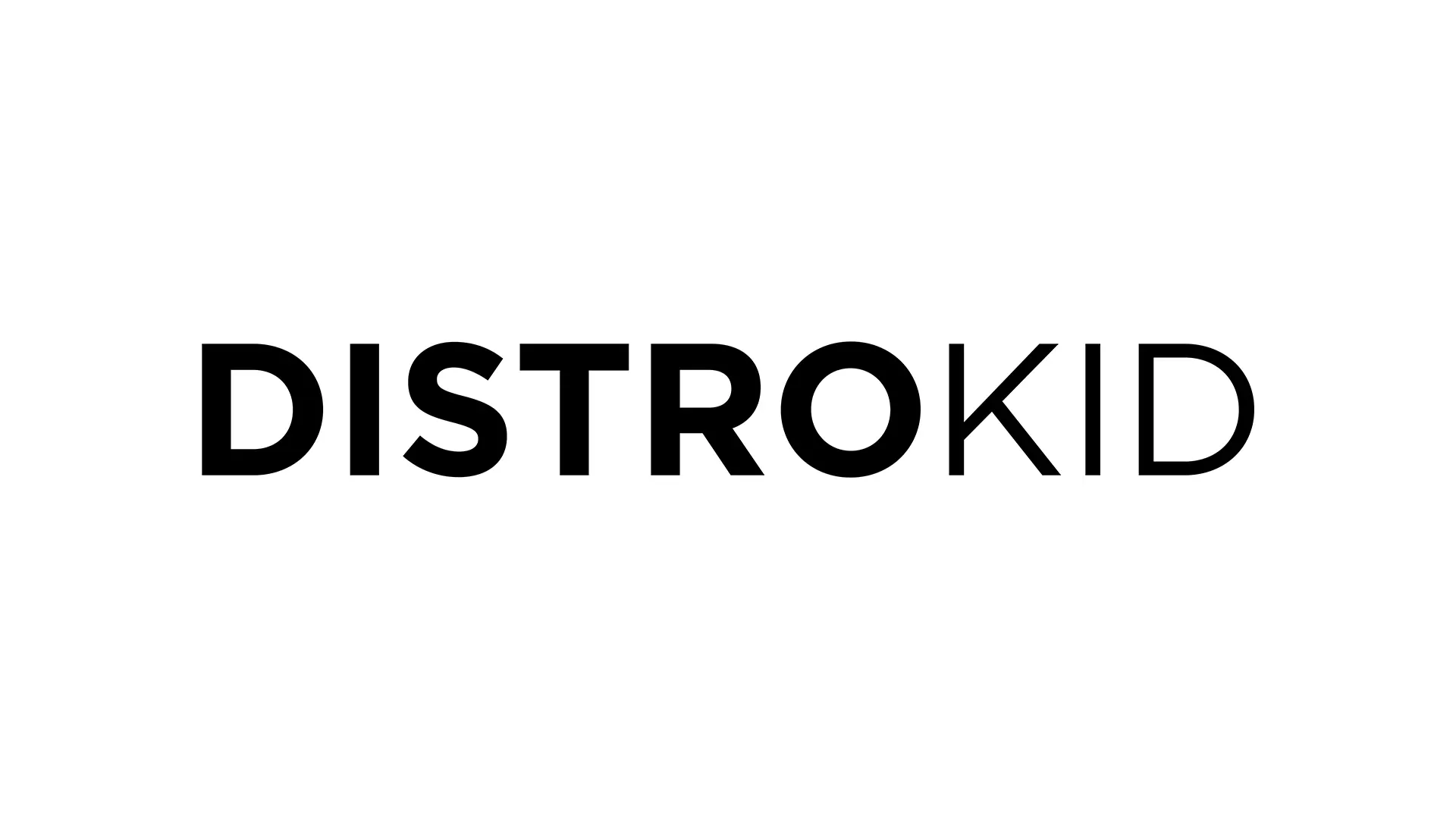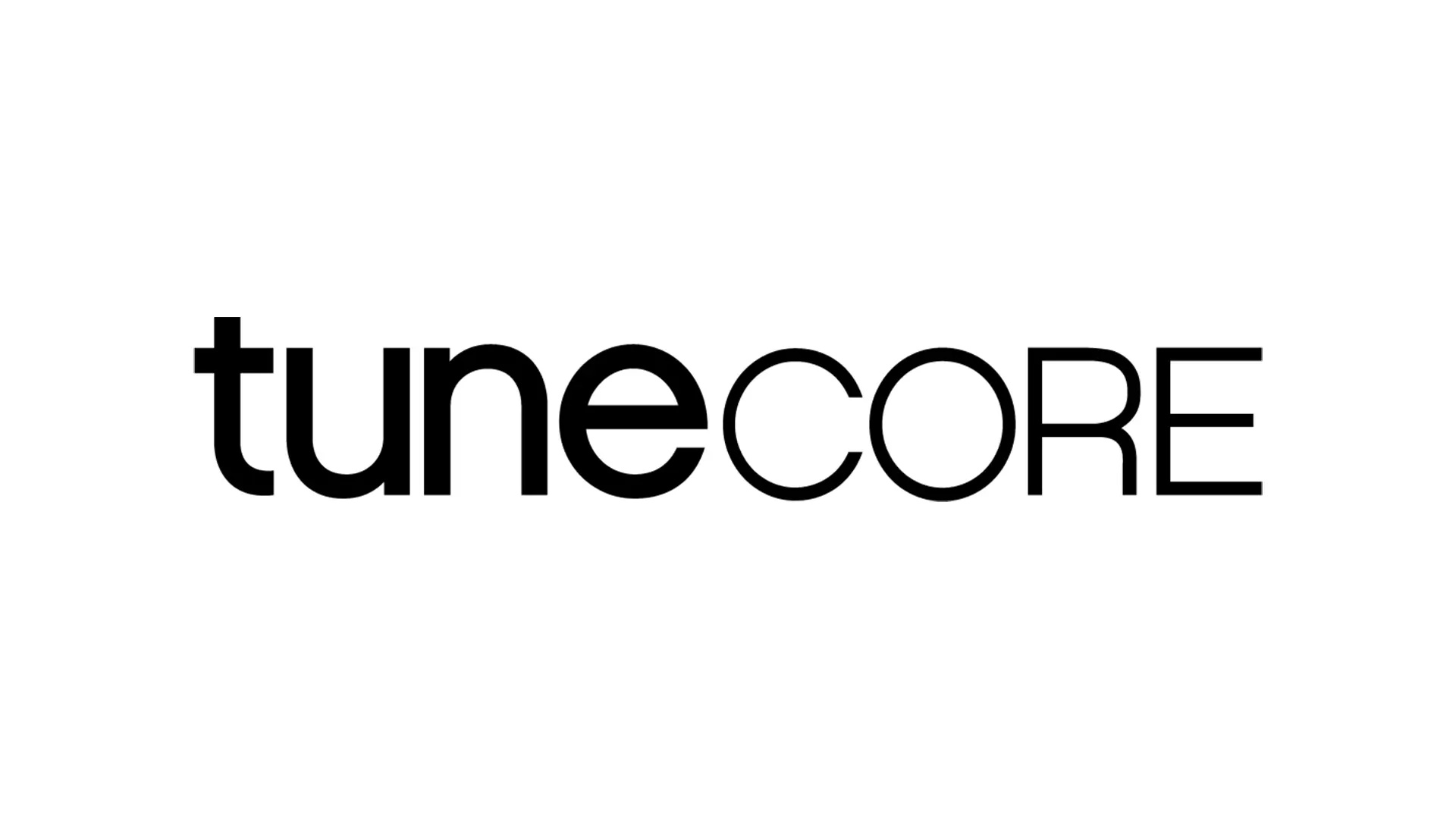Sonomo Review: A New Way for Artists to Fund Their Music
Published on Jan 7, 2025

 Distrokid vs. CD Baby: Payusnomind Analysis
Distrokid vs. CD Baby: Payusnomind Analysis  United Masters Same Day Payouts & The Rise of Music Distributor Advances - What You NEED to Know
United Masters Same Day Payouts & The Rise of Music Distributor Advances - What You NEED to Know  How does music monetization actually work today?
How does music monetization actually work today?  The Truth About Music Distribution in 2025 – Pros, Cons, and What Artists Get Wrong
The Truth About Music Distribution in 2025 – Pros, Cons, and What Artists Get Wrong What Is Sonomo?
Sonomo is part music distributor, part royalty marketplace, and part trading platform. It allows independent artists to raise money by selling shares of their future royalty earnings. Unlike traditional loans or label advances, there's no interest, no recoupment, and no credit score needed. Investors buy royalty shares based on streaming data and future potential, and those shares can be traded, like stocks.
This flips the script. It makes everyone, from playlist curators to podcast hosts, stakeholders in a song’s success. Got a podcast and love an artist’s song? Buy in, feature it, and benefit if it blows up.
How It Works
1. List Your Catalog
-
Move your music to Sonomo's distribution.
-
Receive a valuation of your catalog (based on past performance and market projections).
-
Choose how much of your royalty rights to sell (albums, songs, or entire catalog).
2. Get Offers
-
Investors bid on your catalog.
-
You choose the offer that works best for your goals.
3. Redirect Royalties
-
A portion of your royalties goes to investors.
-
You keep the rest, and full creative control.
What Makes Sonomo Stand Out
-
Zero Debt – No interest, no repayment plan, no credit check.
-
Flexible Equity – You pick the % of royalties to sell.
-
Tradable Shares – Royalties can be bought/sold like stocks.
-
Built-In Audience Incentive – Anyone who can generate buzz now has reason to do so.
-
Transparency – Investors can track performance, APY, and trends.
-
Only DSP Master Royalties – Publishing remains yours.
Rating Breakdown
Interest Rate: 🟢 Great
There is none.
Credit Impact: 🟢 Great
There is none.
Difficulty: 🟢 Great
Move your catalog, set your terms, get bids.
Terms: 🟢 Great
No cross-collateralization. If a release flops, investors eat the loss, not you.
Qualification: 🟢 Great
At least 1,000 monthly listeners is the entry point.
Interest Application: 🟢 Great
None. What you see is what you get.
Loan Amount: 🟡 Okay
You’re getting what your catalog is worth, not necessarily what you need. But valuation is fair, long-term, and likely better than advance offers.
Impact on Credit: 🟢 Great
None.
Impact on Income: 🟡 Okay
If you're relying on all of your streaming revenue to live, selling part of it could create a budget gap. Don’t sell what you can't live without.
Risk: 🟡 Medium
You're not losing money, but you are selling future earnings permanently. If your song explodes later, you've already sold the gold. The risk of selling too low is real.
Flexibility: 🟢 Great
Do whatever you want with the funds, no strings, no restrictions.
Pros
-
No interest, no repayment.
-
Control stays with you.
-
Fair valuation and future-proof model.
-
Investors actually want you to succeed and will help make it happen.
-
Tradable assets = ongoing value for investors and buzz creators.
Cons
-
You lose part of your future earnings forever.
-
Lower-income or new artists might not get strong bids.
-
You only get paid for what the catalog is worth, not what you want.
Final Verdict:
Sonomo is a breath of fresh air in an industry full of predatory contracts and sketchy advances. It gives artists a way to raise money without sacrificing control or taking on debt, and opens up the music ecosystem to fans, influencers, and curators in a way that finally rewards their role in driving success.
Yes, selling royalties isn’t for everyone, and yes, once it’s sold, it’s gone, but for artists with a strong catalog and a need for funding, it’s one of the fairest, most forward-thinking models out there.






